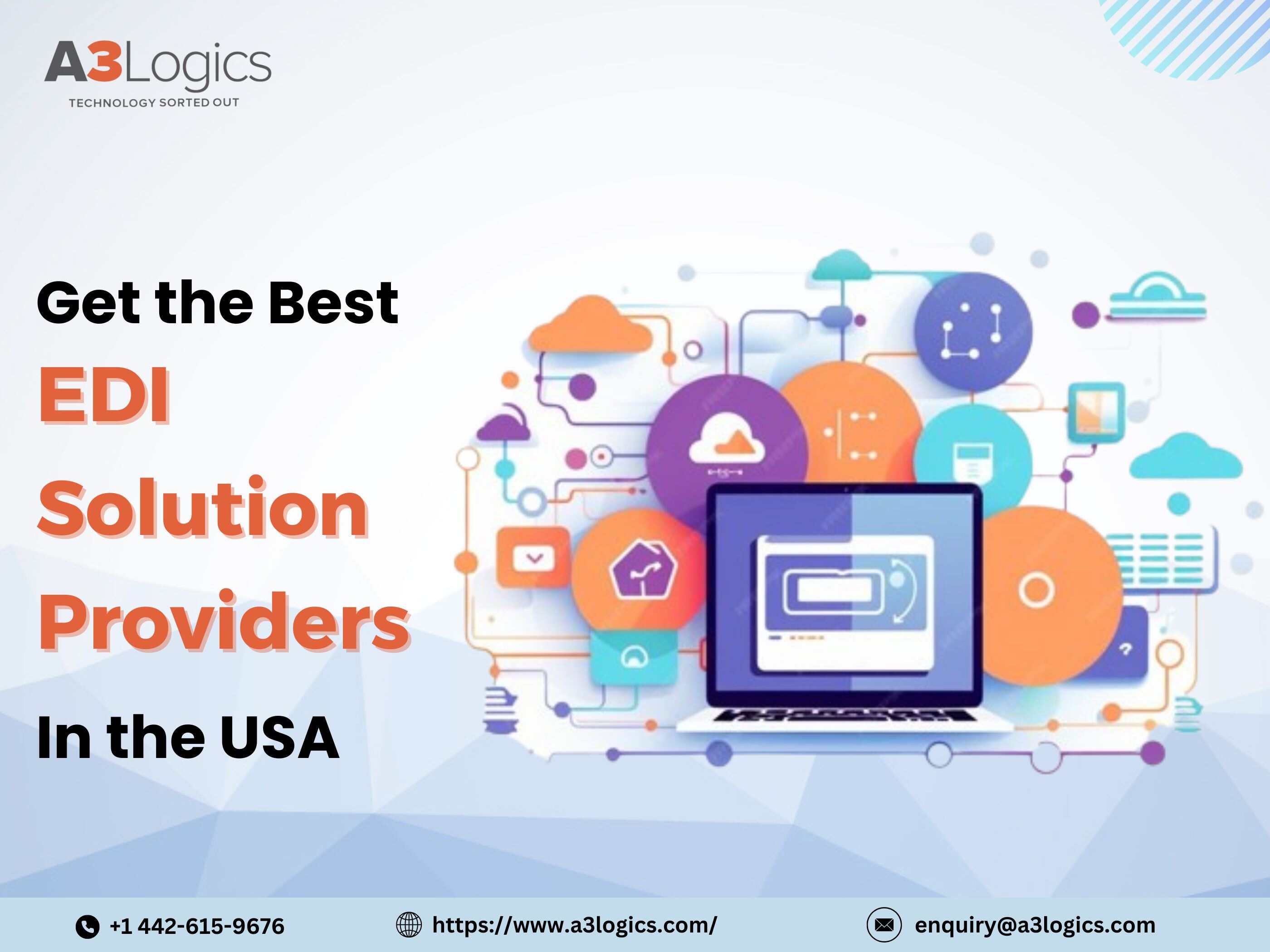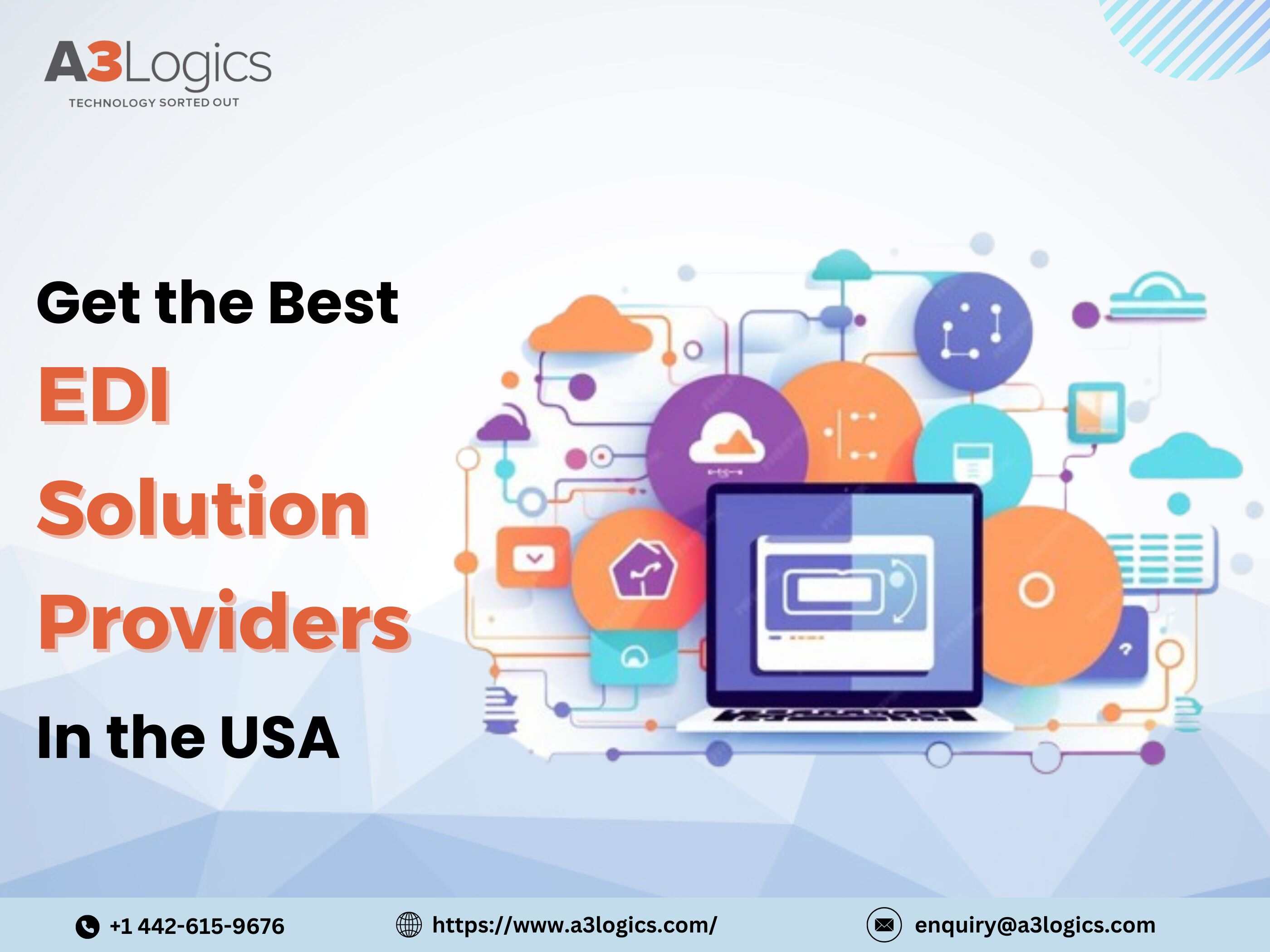Understanding The Significance and Benefits of Open Enrollment

Enrolling in benefits can be a difficult and perplexing procedure for both your company and your staff. Employers may become confused and burdened with paperwork while selecting the appropriate open enrollment for benefits plans. Implementing EDI services can streamline the process by automating data exchange, reducing manual errors, and ensuring compliance. Workers might not be aware of the financial, familial, or personal effects of every benefit package, but with EDI solutions, they can access real-time updates and clearer insights into their benefits options.
Thankfully, open enrollment can expedite the procedure, increasing the likelihood of employee participation. The International Foundation of Employee Benefit Plans (IFEBA) reports that 77% of businesses begin open enrollment in October or November. You can benefit from lower per-person costs as well as increased attraction and retention of top talent by raising overall employee engagement. In this blog, we will look at the various benefits of open enrollment and its importance. With the right technology and processes for open enrollment, transform your hassle into an opportunity to engage employees and strengthen the employer value proposition.
What is Benefits Enrollment?
Every year, during the open enrollment period, a person or employee can modify, add, or remove their dental, vision, and health insurance. Those who have employer-sponsored insurance now have the chance to enroll in additional employer-sponsored benefits. It normally takes place in the fall and lasts for two to six weeks, however, some businesses have varied open enrollment times. Open enrollment is the only period during which you can enroll in or switch from an employer-based or individual health insurance plan. The only exception is if a qualifying life event (QLE) qualifies you for a Special Enrollment Period (SEP). Employee benefits enrollment is typically the only period during which you can discontinue employer-sponsored insurance. You are free to discontinue individual marketplace coverage at any point during the year.
1. Simplified Benefits Administration
Open enrollment provides a single source that tracks and stores all information pertinent to employee benefits open enrollment. This simplification is vital to any human resource department, which might execute other miscellaneous tasks along with the specific one. An open enrollment system allows your human resource team to easily update the plan information, view the status of enrollment, and confirm that every employee has made their choices. The system can automatically perform several activities for this purpose, thereby saving labor costs and reducing the occurrence of errors that may arise from manual input.
2. Improved Employee Experience
Employees find it very confusing to make their way through all the benefit options. In this regard, benefits enrollment often comes with user-friendly interfaces that assist employees in going through the process, explaining in detail what each plan will offer. Most of them provide tools that enable employees to compare plans, estimate costs, and comprehend the coverage they are entitled to, for example, open enrollment for 401k. This clarity and convenience, at such a higher level, support employees’ ability for more informed decisions, thus increasing their satisfaction with their benefits.
3. Increased Accuracy and Compliance
One of the most prized advantages of using an open enrollment is it cuts down errors by a significant number. Manual data entry opens the door for errors, compliance problems, wrong deductions, and disgruntled employees. An automated system has considerable risks minimized since it ensures that all data is correctly entered, and changes have been tracked and documented. Most of the time, these solutions have inherent compliance checks that ensure the organization remains compliant with both federal and state open enrollment laws for health insurance, which in turn reduces the financial risk of paying fines or penalties.
4. Time and Cost Efficiency
Automating open enrollment can help organizations save time and resources. Traditionally, open enrollment best practices included paper forms and manual entry, which is time-consuming and expensive. The process of Open enrollment eliminates the use of physical paperwork, reduces many administrative hours, and frees up your HR team to focus on more strategic efforts. The streamlined process may also contribute to faster decision-making and quicker implementation of the benefits, thus making the experience easier for everyone.
5. Data-driven insights
The data-driven insights at the time of open enrollment provide employers with a deep understanding of employee benefits preferences and trends. Organizations, in turn, analyze such data to more precisely understand what benefits are truly valued by the workforce and change their offerings accordingly. This allows employers to create customized and competitive benefits packages in a more organized and data-driven manner that surely would improve employee retention and attract the best talent.
6. Flexibility and Customization
Every organization is different, with varied needs among its employees. Open enrollment season allows flexibility in tailoring benefit options to meet specific workforce needs. It becomes easy for employers to add, remove, or modify plans and communicate those changes to employees. For example, what is a flexible spending account? So, the Dependent Care flexible spending account helps ensure that the benefits program remains relevant and competitive enough to evolve with the needs of the workforce.
7. Improved Communication and Transparency
The open enrollment period should be a time of utter clarity in communications. Open enrollment offers employers an avenue to communicate changes in the plan, deadlines, and other key information effectively to employees. Benefits enrollment companies can send automated reminders, host virtual information sessions, and offer resources to help employees understand their benefits. In turn, improved communication fosters increased transparency and trust between employers and employees, all on the same page.
8. Scalability for Growing Organizations
Benefits programs of organizations keep on getting more complex as the organizations grow. Open enrollment is scalable; hence, it can accommodate an expanding workforce, along with offering more benefit options to choose from. Whether an organization employs 50 employees or 5,000, an open enrollment system handles the increased volume without sacrificing efficiency or accuracy.
Why It’s Vital to Have Open Enrollment
Think for a moment about the significance of the open enrollment period. It’s significant to employees since it allows them to choose their benefit plans and determine whether to increase or decrease certain coverage options. The household budget of a family may be significantly impacted by the ability to make such adjustments. For example, if an employee has previously committed to open enrollment health plans that entail a high monthly premium, they may select an alternative if that payment puts undue strain on their finances.
From the business’s perspective, it’s a chance to promote the advantages that the HR team has been looking into. Whether it is screening or negotiating with insurance companies and other parties for weeks or even months. The HR department puts in a lot of time and work. Especially to ensure that benefit programs are tailored to the needs of employees. They put effort into ensuring that the advantages they provide align with the aims and culture of the business.
The open enrollment period can be stressful for workers as they choose the best plans for their families, but it can also be an opportunity for the business to educate staff members about benefit alternatives and explain how different plans can fulfill their needs. Additionally, it’s a period when the business can boost employee morale by utilizing its benefits packages.
Marketing and Communication
Start by informing staff members ahead of time that open enrollment will occur between designated dates. Not all employees are familiar with the notion of open enrollment. It is important to explain it to them and then remind them as the opening day comes near. Note that employees should understand that changes in their plans will be allowed during open enrollment in 2024 or upon a qualifying event. Qualifying events would include marriage, divorce, childbirth, adoption, death, and other allowable changes to their elections.
Talk Clearly
Make sure all of the information you provide about employee benefits open enrollment demonstrates the value that they will provide. For example, you may start by outlining how the company’s buying power is achieved through collective benefits as opposed to individual plans. You should provide a simple, “bite-sized” synopsis of the company’s numerous plans. This summary may include not only health insurance and other essential coverages but also optional benefits (such as pet insurance, dental and vision insurance, cancer insurance, etc.) and lifestyle benefits that enhance core benefit offerings and improve the quality of life for employees, depending on your company’s benefits goals.
Use a Variety of Channels to Communicate
With the use of technology, people may now communicate in many different ways. Make sure you communicate with staff members via a variety of avenues.
Enrollment via small displays is essential due to the growing trend of mobile phone interactions. Almost every employee has a smartphone, even if not everyone may have access to a PC or laptop. Giving staff members access to their registration through small screens will probably pique their attention and make the process go much more smoothly.
Printed materials allow each worker to bring the information home to share with their partner. It is possible to effectively contact employees who rely on and enjoy social media by posting general information on Facebook and other platforms. Even if you shouldn’t share all the specifics on social media, you may use it to keep people informed about the approaching open enrollment period and participation.
Another tool you may use to enlighten and train staff members is a company intranet. Since its material is exclusive to staff members, you can go further into the specifics of each of your offers.
You can also communicate at the workplace and on the job by using SMS, a company message system, calendar invites, posters, DYK (Did You Know), newsletters, mobile push alerts, and other means. Videos to instruct staff members on the goods, as well as marketing management, strategy, and planning, may be provided by your insurance broker or carrier. Genius Avenue offers internal marketing and communication tools that streamline the registration process and emphasize features and benefits that drive uptake to serve our carrier and broker partners. Educating and informing people using the many avenues at one’s disposal encourages participation in the open enrollment.
Customize What You’re Offering
For instance, you may convey to employees who are single as opposed to those who are married a distinct message regarding perks because they have different needs and preferences. Examine methods for “slicing and dicing” the workforce into smaller units
With the help of the numerous ways that 21st-century technology is available to us, including EDI Managed Services , we may spread messages that support open enrollment. Talking with employees is far more effective than talking to them, though. Give each group of people a message that is unique to them.
How to Select the Best Software for Open Enrollment?
Selecting open enrollment software requires taking into account many considerations, including:
Conclusion
There are numerous advantages to choosing the right employee benefits enrollment company for both companies and workers. These EDI Consulting Services assist firms in managing their benefits programs more successfully by streamlining benefits administration, improving the employee experience, raising accuracy, and offering insightful data. Adopting open enrollment can be a smart strategic move that guarantees employee satisfaction and compliance as the workplace changes, thereby boosting the organization’s success as a whole.
An effective open enrollment process is essential in the cutthroat job market of today. It is not just a nice-to-have. Purchasing a complete enrollment solution is a stake in your workforce’s future and the expansion of your business.
Note: IndiBlogHub features both user-submitted and editorial content. We do not verify third-party contributions. Read our Disclaimer and Privacy Policyfor details.







